Practice your plant identification skills
Possible Names of Sandhills Plants
Warm Season Grasses
- Prairie sandreed
- Sand dropseed
- Sand bluestem
- Sand lovegrass
- Switchgrass
- Blue grama
- Hairy grama
- Little bluestem
- Sandhill muhly
Cool Season Grasses
- Needleandthread
- Prairie junegrass
- Six weeks fescue
- Western wheatgrass
- Reed canarygrass
Forbs
- Riddell groundsel
- Western ragweed
- Cudweed sagewort
- Stiff sunflower
Grasslike
- Rush
- Sedge
Plant A
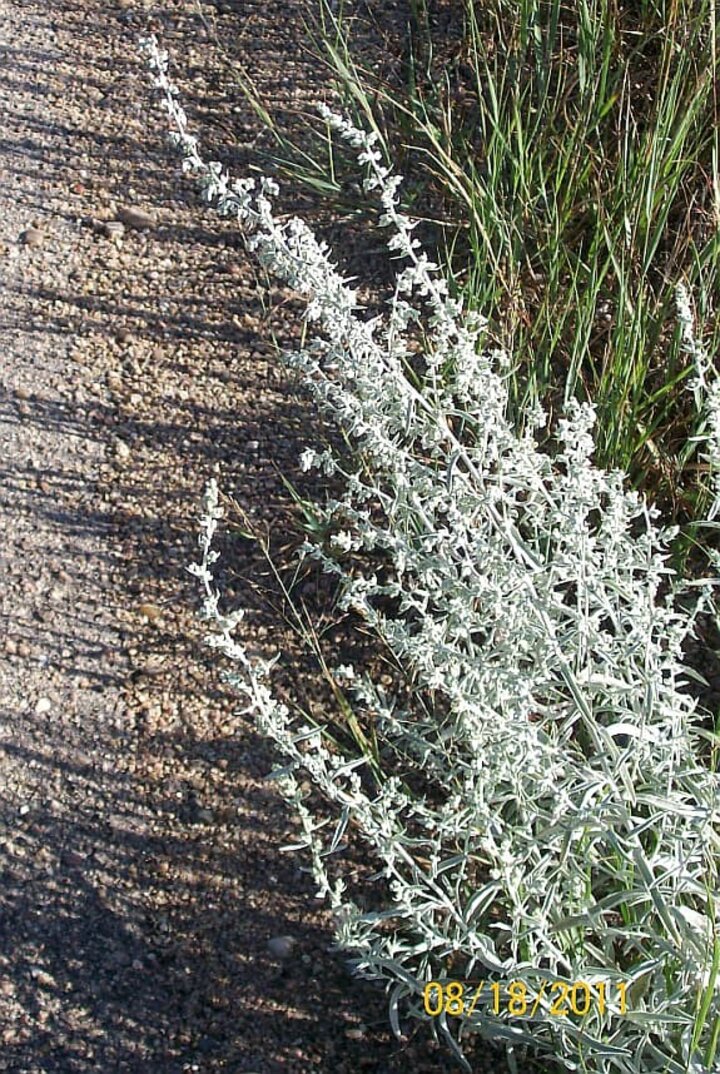
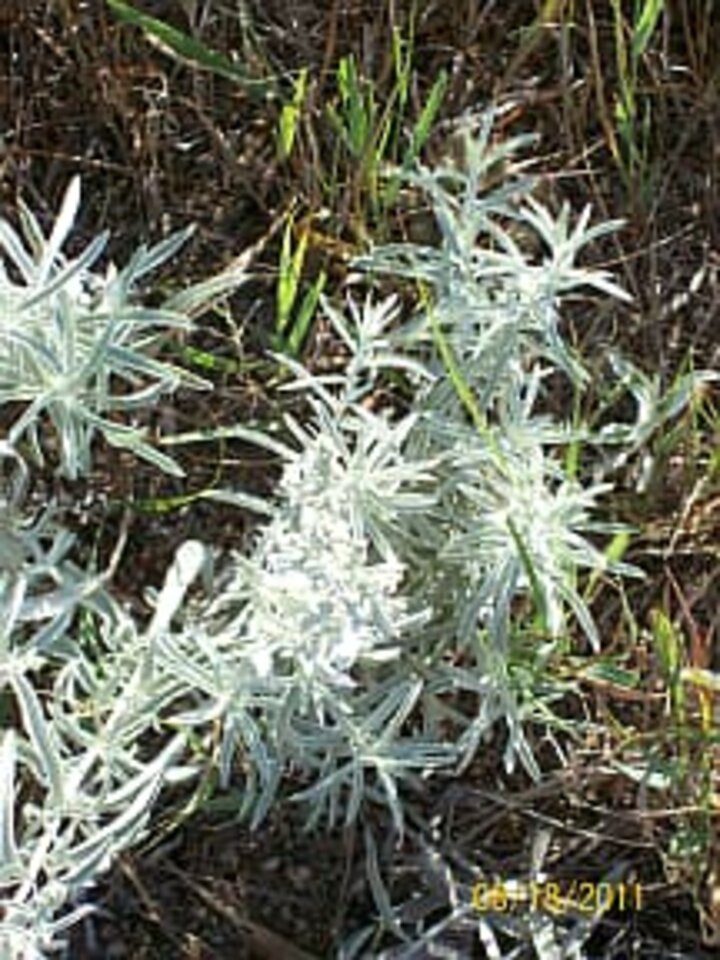
Plant A Characteristics:
- "Frosty" Forb
- Perennial
- Silver, gray leaves covered with wooly hairs
- Strong smell when leaves are crushed
- Medium/fair forage value
- Small round, gray seeds will appear in fall
- Edge of leaf is toothed near the tip
Plant B
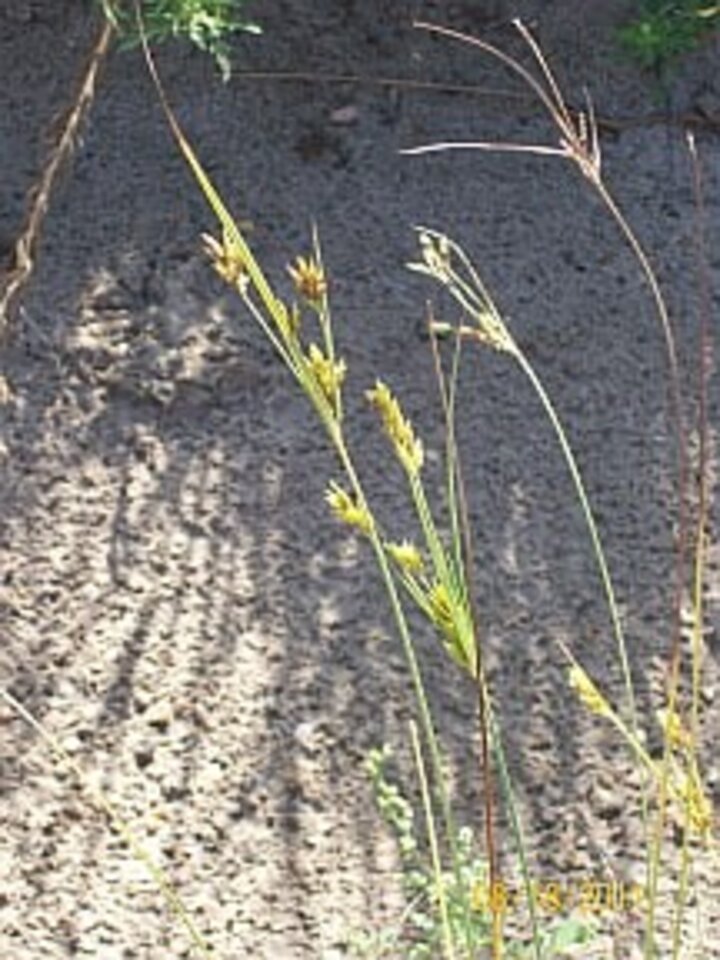
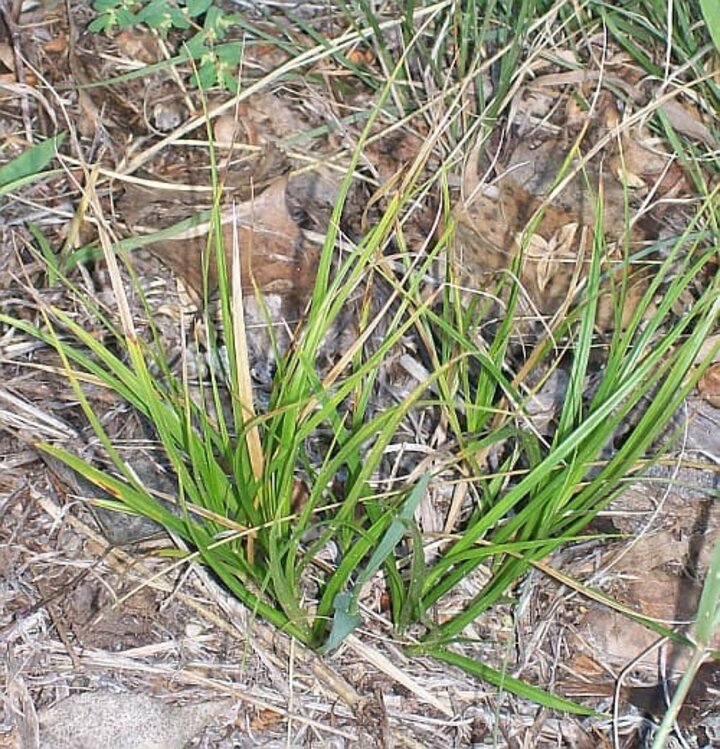
Plant B Characteristics:
- Leaves come out at base in 3's
- Bright green color
- No nodes
- Stem is triangle shaped
- Rubbery feel to leaves
Answer for Plants A and B
- A. Cudweed sagewort (remember wort=Latin for leaf, "sage in the leaf" or strong sage smell when crushed)
- B. Sedge
Plant C
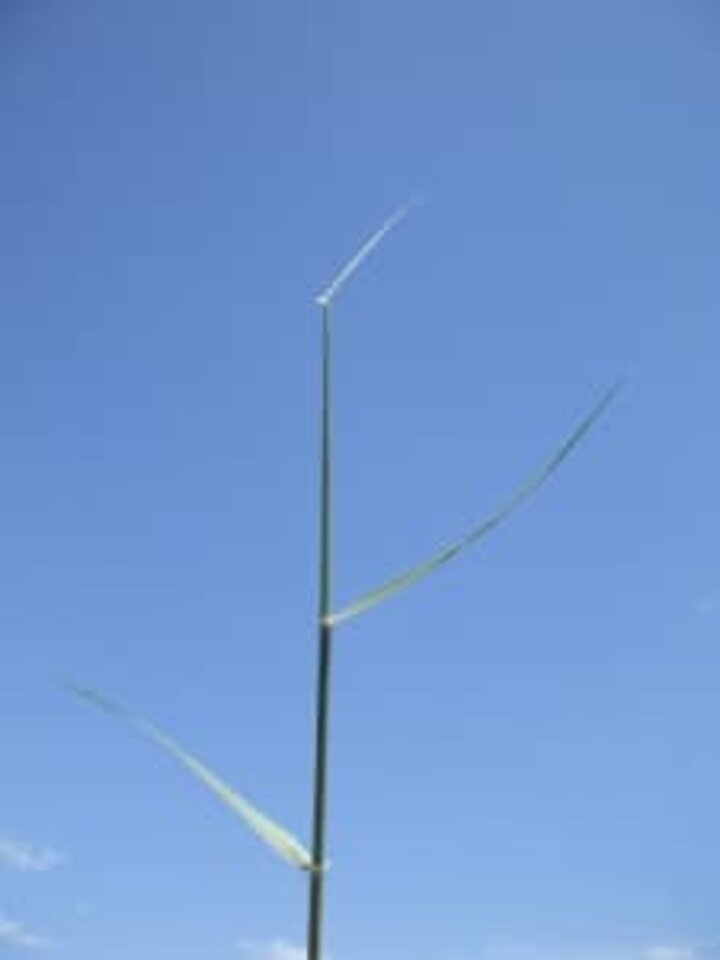
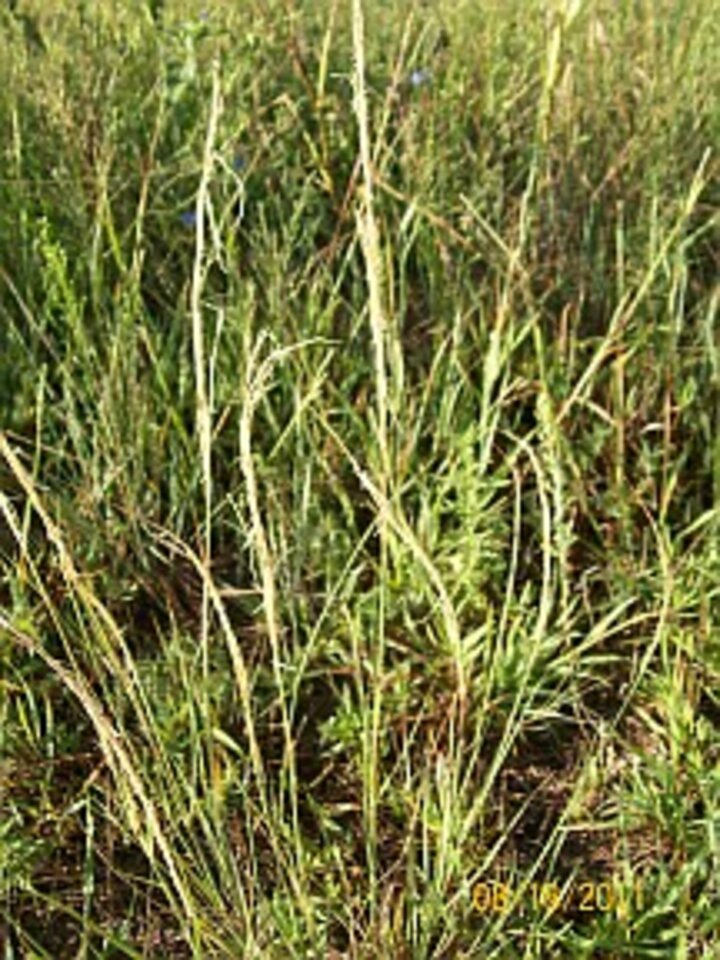
Plant C Characteristics:
- Warm season grass
- Flag leaf
- Perennial
- Ring of hairs all around collar of the plant
- When mature, some seedheads will be partially enclosed by leaf
- Found in overgrazed or "go-back" land
- Fair/medium forage value
Plant D

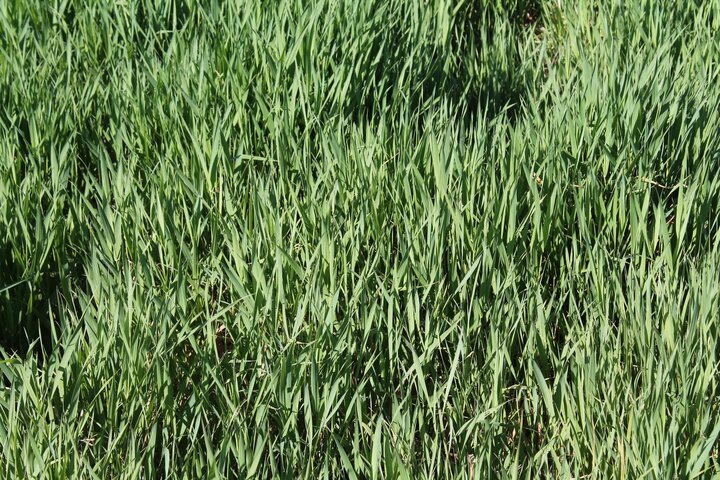
Plant D Characteristics:
- Cool season grass
- Perennial, rhizomes
- Grows in wetter areas
- Broad leaf
- Small ligule
- No hairs on leaves
Answer for Plants C and D
- C. Sand dropseed
- D. Reed canarygrass
Plant E
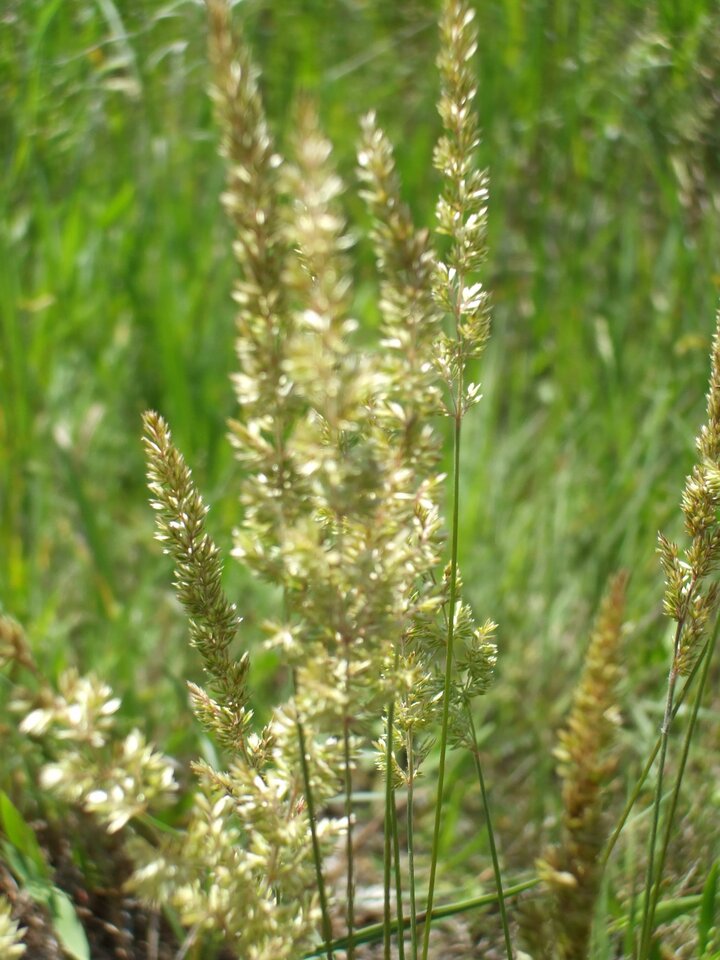
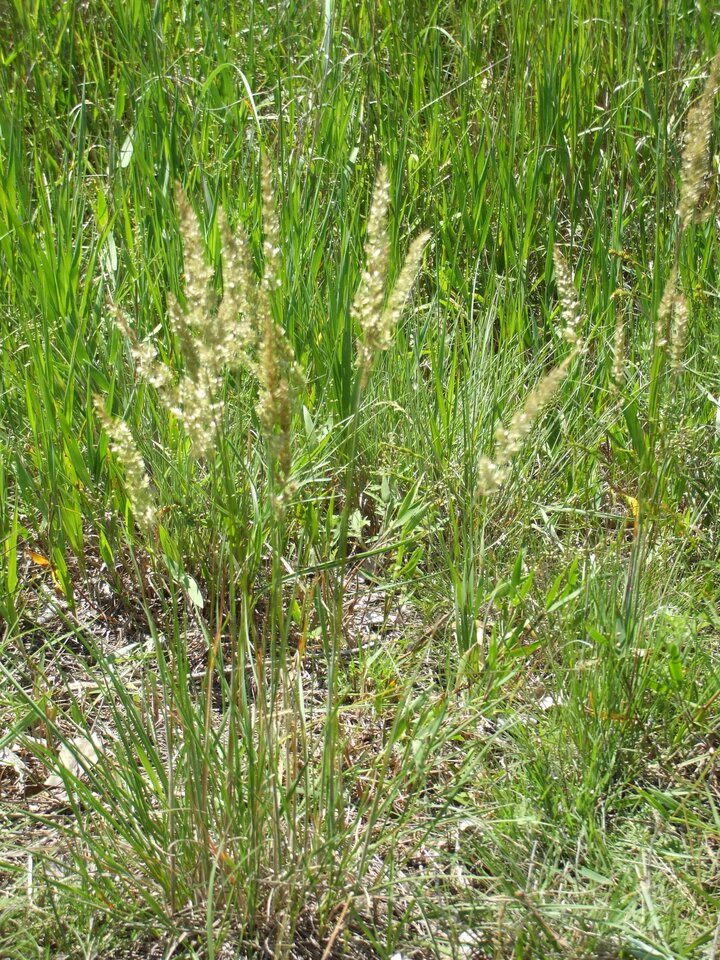
Plant E Characteristics:
- Cool season grass
- Perennial
- Fleshy, deeply veined leaves
- Seedheads out in June
- Seedheads compact and brown in late summer
- Good forage value
- Bunch grass
- Low forage production
Plant F
- Warm season grass
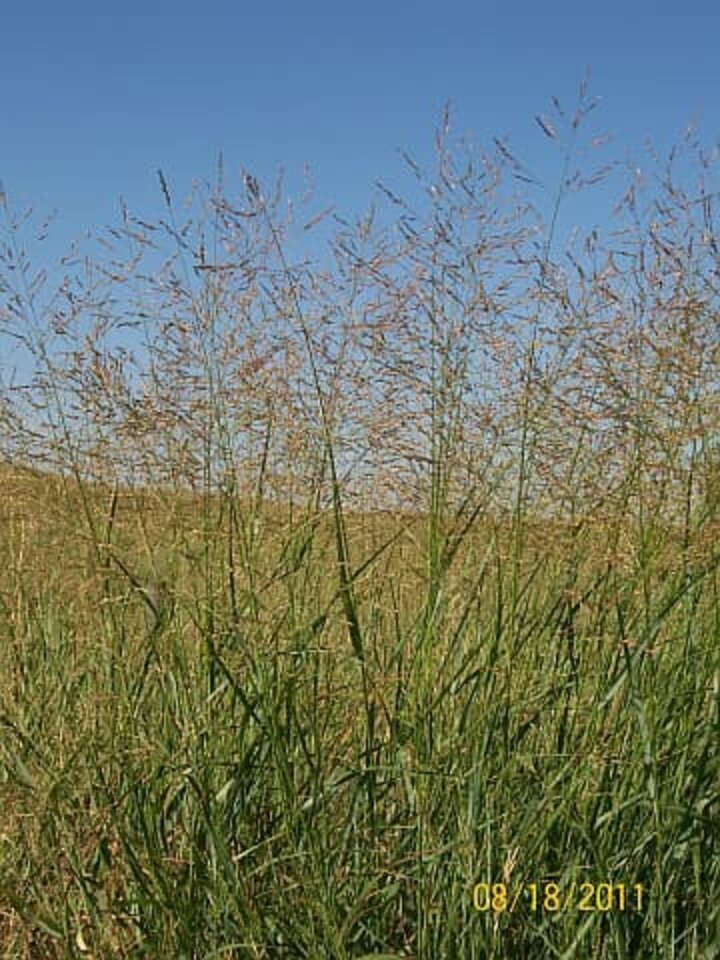
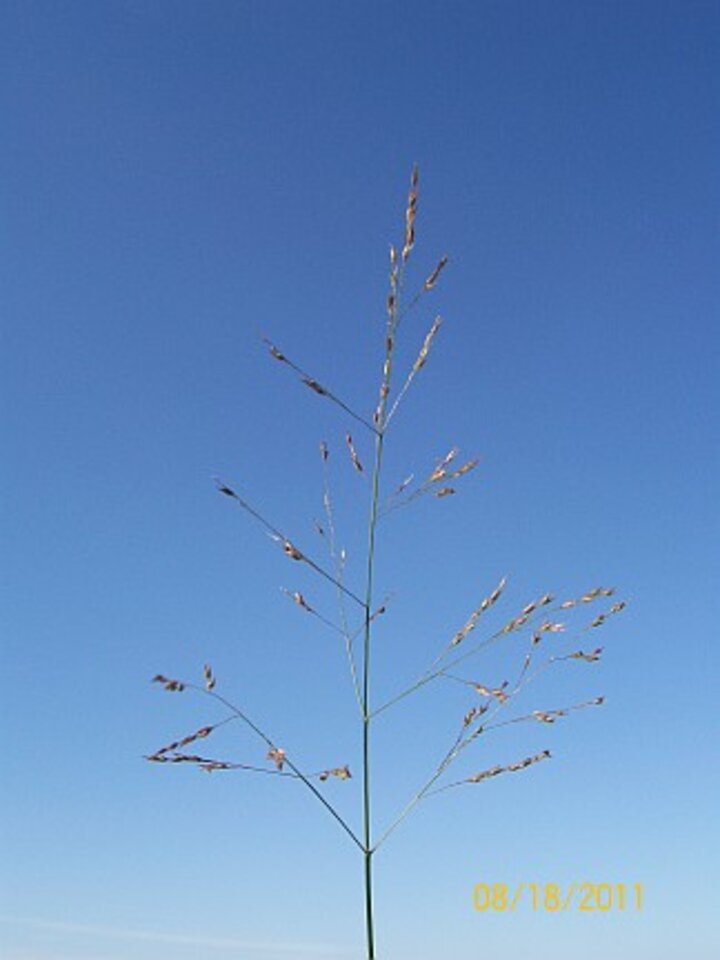

- Rhizome
- "Hairy armpits"- triangle patch of hair at the base of the leaf
- Round seeds on large, branching seedheads
- Good forage value
- High forage production
Answer for Plants D and F
- E. Prairie junegrass
- F. Switchgrass
Plant G
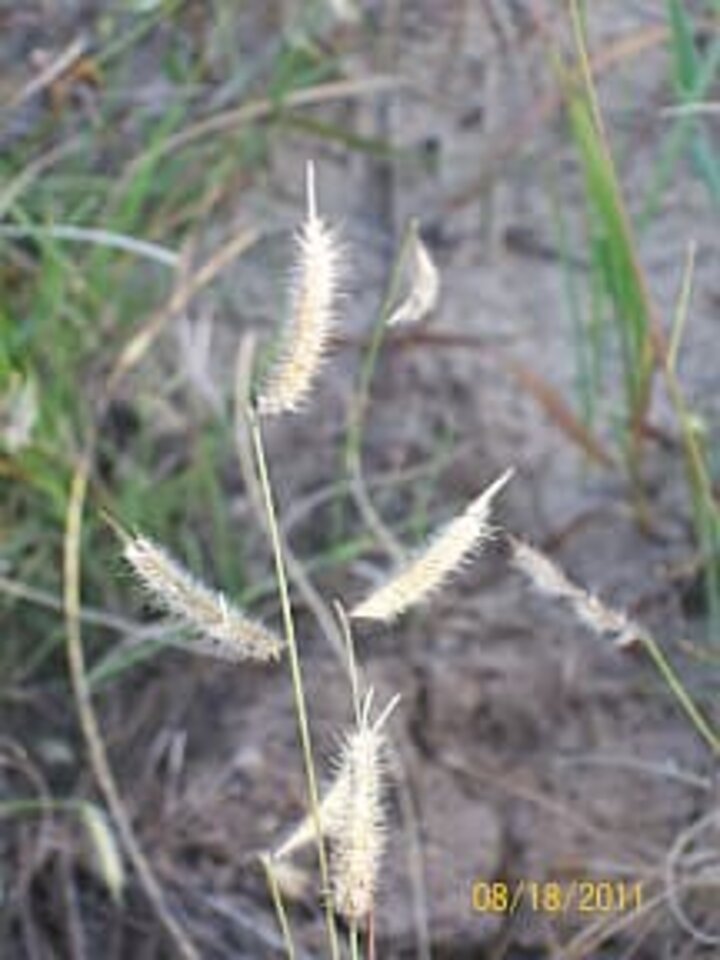
Plant G Characteristics:
- Short grass with good forage value
- Warm season
- Bunch grass
- Grows on hills/sandy areas
- "Eyebrow" seedhead
- Spike on end of seed head
- Long hairs on edge of leaves
Plant H
- Short grass with good forage value
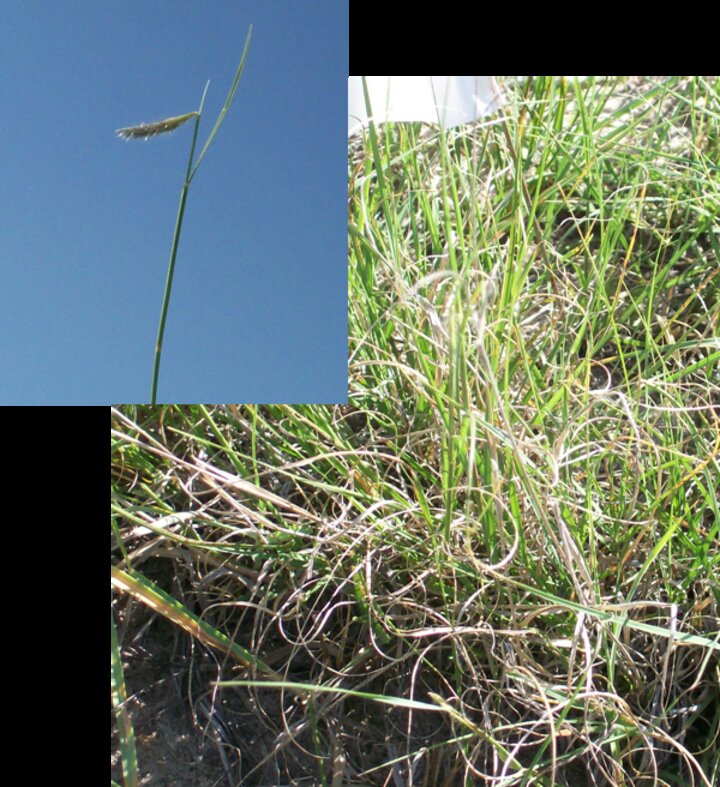
- Warm season
- Bunch grass
- Grows in bottoms/better soils
- "Eyebrow" seedhead, no spike on end of seedhead
- Small tuft of hair at throat of collar
- In the fall, dead grass looks like curly spaghetti
Answer for Plants G and H
- G. Hairy grama
- H. Blue grama
Plant I
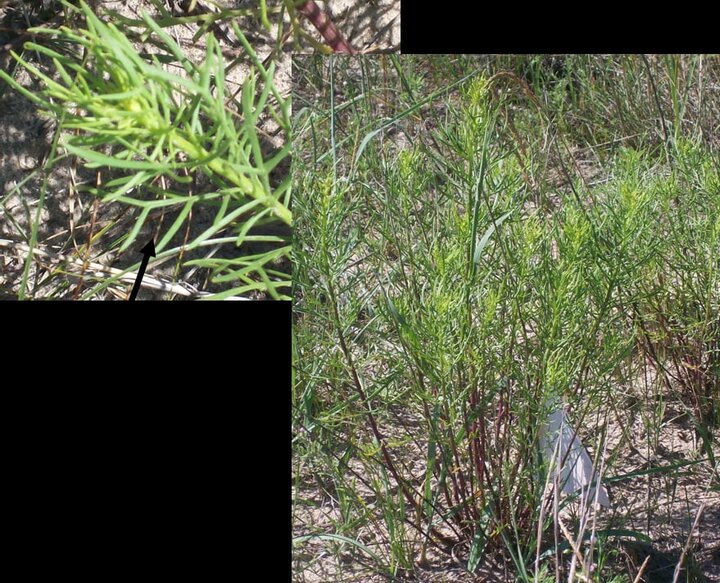
Plant I Characteristics:
- Forb
- Perennial
- POISONOUS
- Fleshy, deeply serrated leaves
- Yellow daisy-like flowers in the fall
- Numerous stems from a woody base
Plant J
Plant J Characteristics:
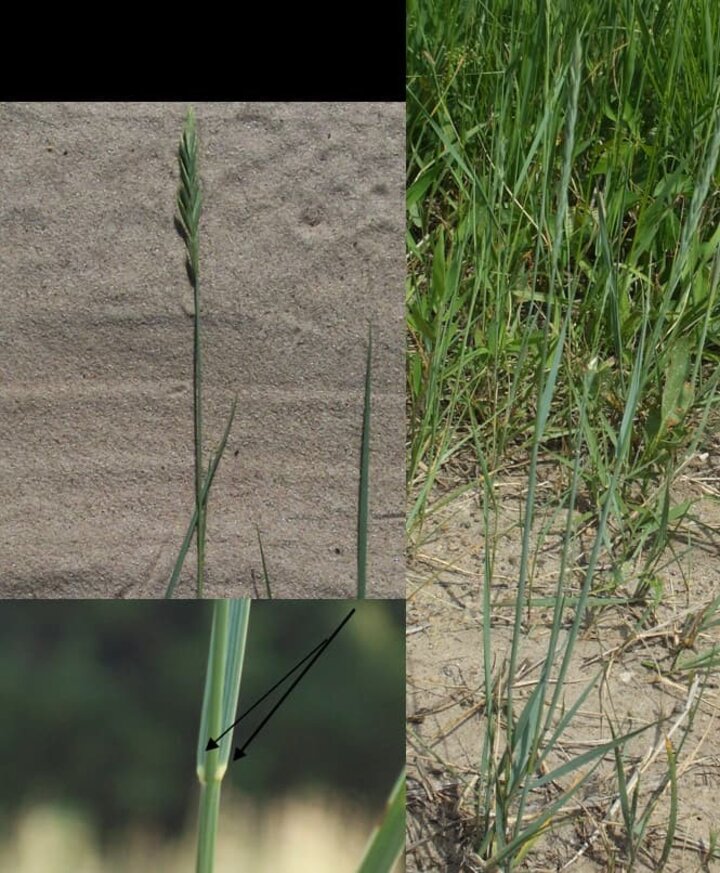
- Cool season grass
- Perennial
- Rhizomes
- Blue-gray color
- Deep veins on leaves
- Rough leaves
- Wheat seedhead
- Auricles at base of leaves
- Moderate forage value
Answer for plants I and J
- I. Riddell groundsel
- J. Western wheatgrass
Plant K
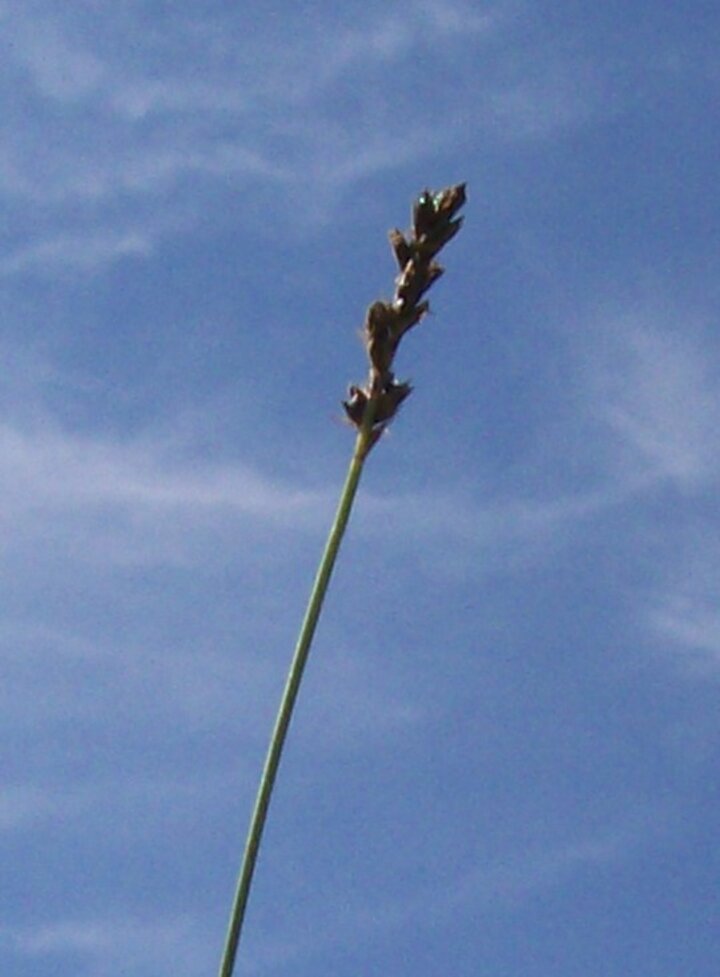
Plant K Characteristics:
- Round, pithy leaves and stems
- No joints or nodes
- Grows in wetter areas
- "Bedhead" seadhead
Plant L
Plant L Characteristics:
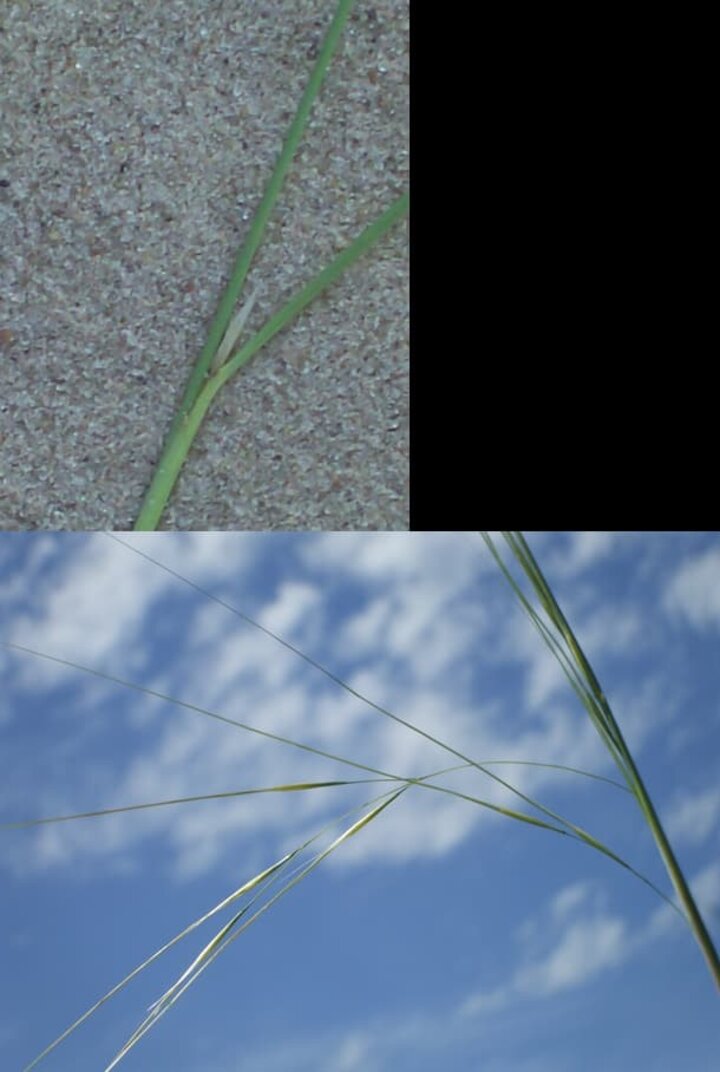
- Cool season grass
- Bunch grass
- Long ligule- "rabbit ears"
- Seeds have spike and long thread
- Good forage value in spring, lower value in summer
- Leaf blade often rolls tightly in heat, keeping moisture from escaping the leaf
Answer for Plants K and L
- K. Rush
- L. Needleandthread
Plant M
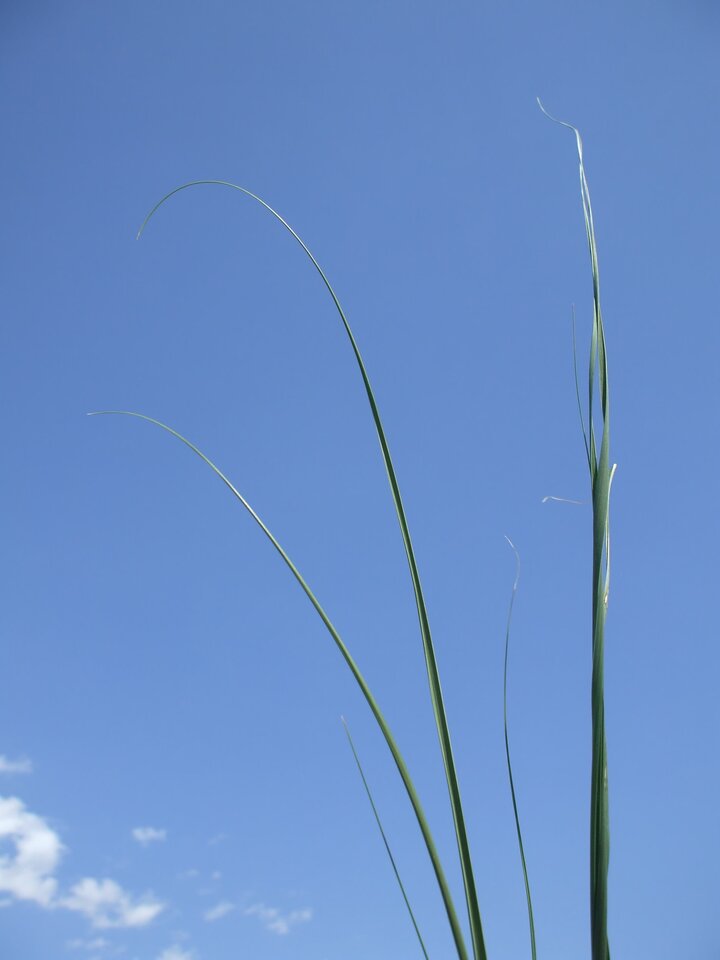
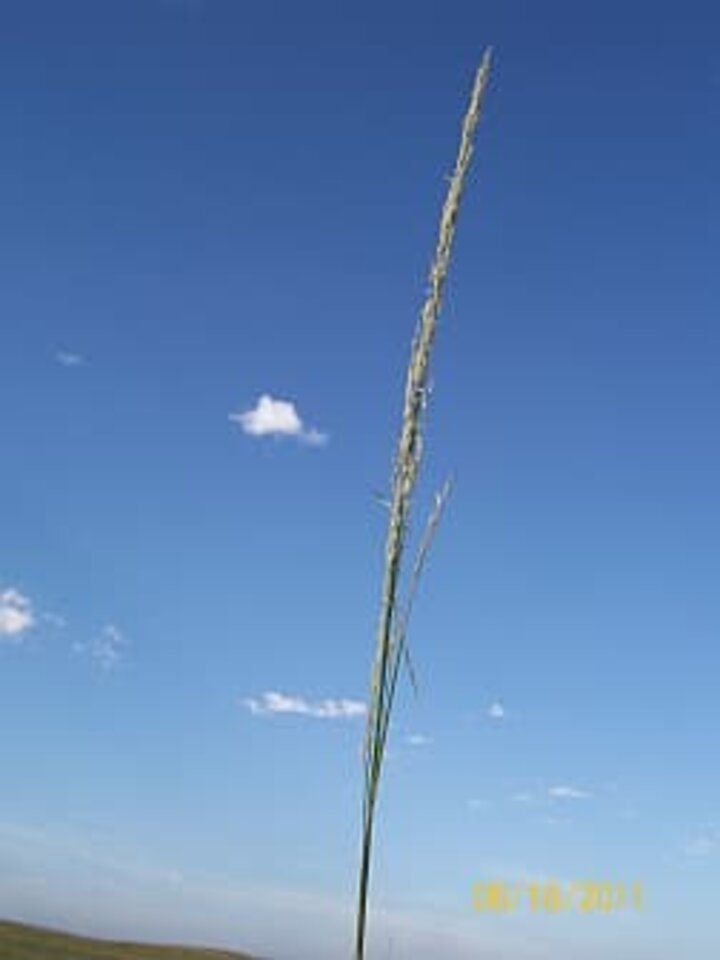
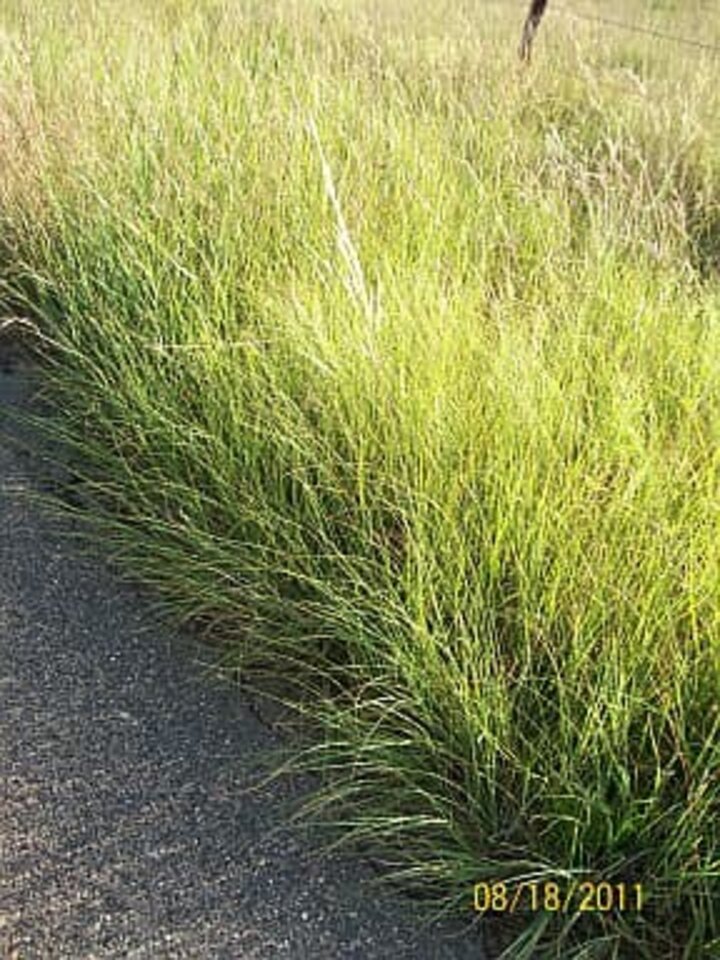
Plant M Characteristics:
- Warm season grass
- Rhizomes
- Perennial
- Long tapering leaves
- Hair on sheath and collar
- Dark on back side of leaf at collar
- White lines on outside of leaves
- Flat 2D shape
- Tall grass, whitish seedhead
- Excellent forage value
Plant N
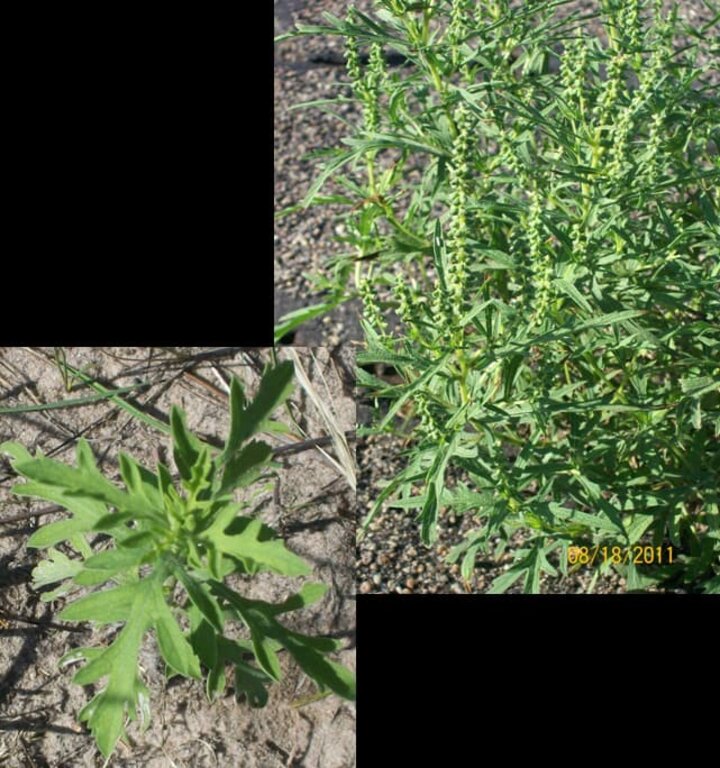
Plant N Characteristics:
- Forb
- Perennial
- Low forage value
- Large, serrated leaves
- Round seeds develop in fall at top of plant
- May cause allergies from pollen
- Seeds are good forage for wildlife- birds, grouse, turkey, and deer
- Rhizomatous
- Leaf surface covered with short stiff hairs
Answer for Plants M and N
- M. Prairie sandreed
- N. Western ragweed
Plant O
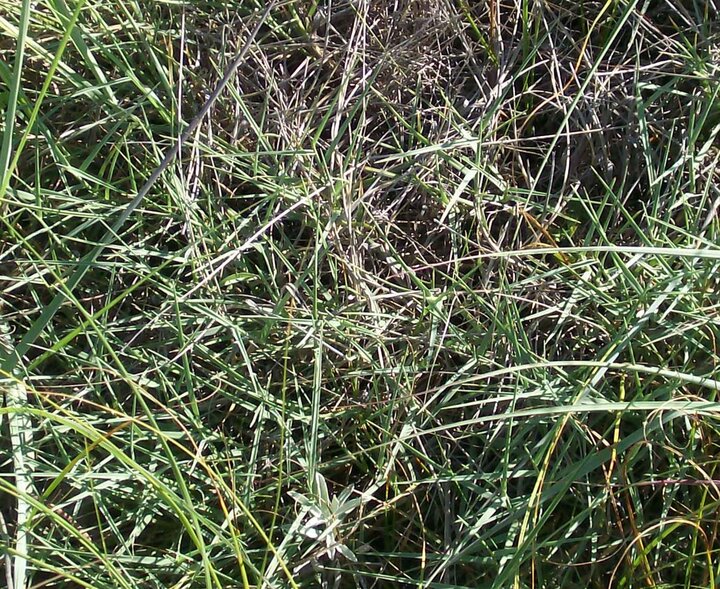
Plant O Characteristics:
- Warm season grass
- Rhizomes
- Grows in poor soils and blowouts
- Older plants may grow in a ring
- Spiky, course grass
- Poor forage value
- Reddish seedhead
Plant P
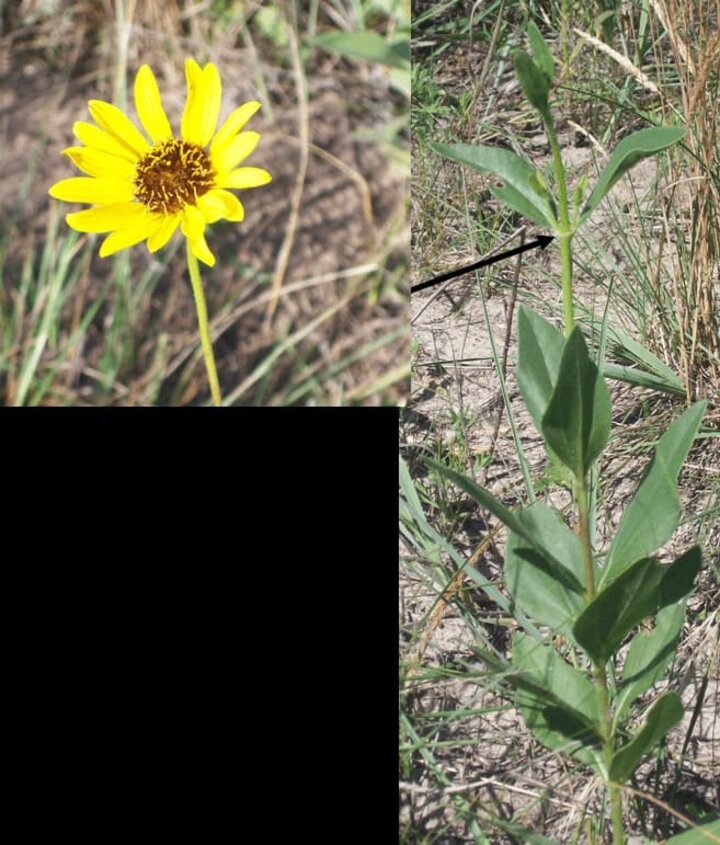
Plant P Characteristics:
- Forb
- Perennial
- Good forage value
- Rough leaves
- One yellow sunflower per stalk
- Leaves in pairs across from stem
Answers for Plant O and P
- O. Sandhill muhly
- P. Stiff sunflower
Plant Q
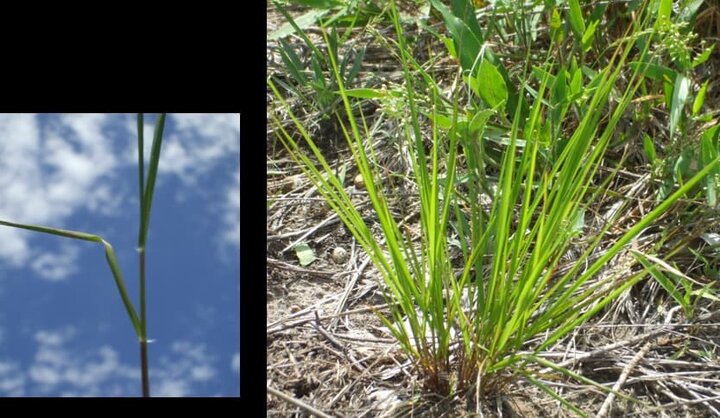
Plant Q Characteristics:
- Bright green color- "Kermit the Frog" Green
- Warm season
- Bunch grass
- Long, tender leaves
- Some hair at collar
- Long seedhead with flat seeds
- Could be confused with sedge, which also has a bright green color. Sedges do not have hair at the collar.
Plant R
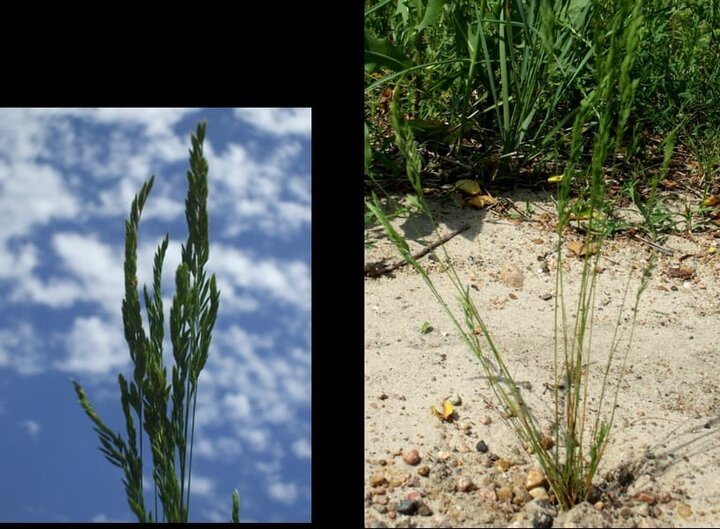
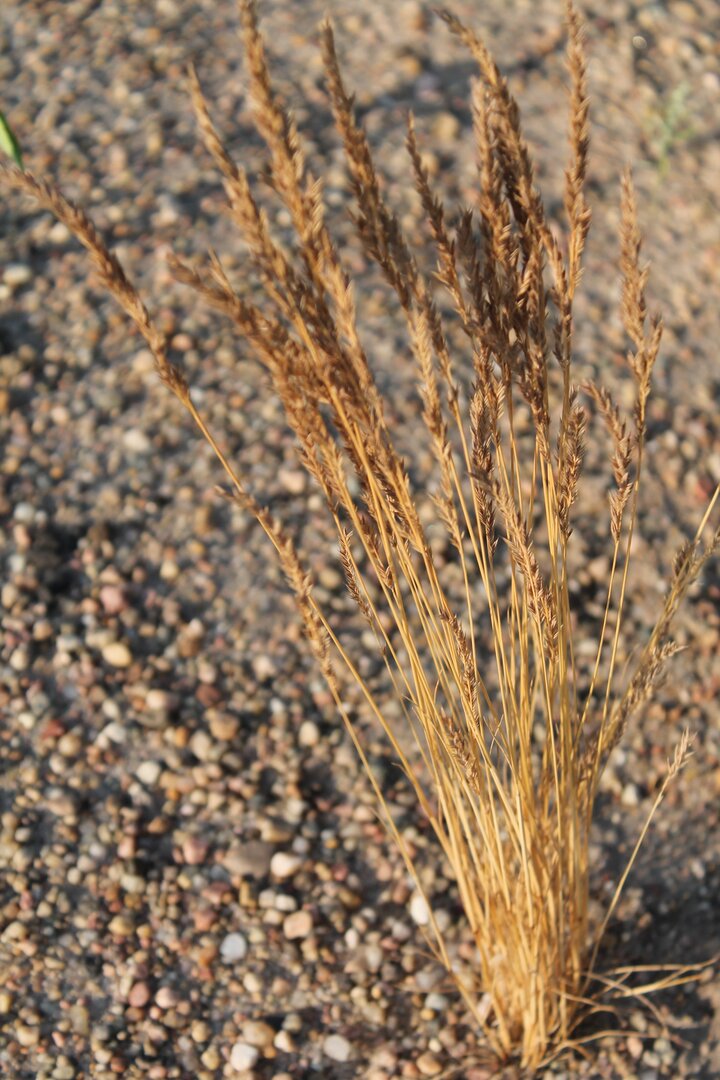
Plant R Characteristics:
- Annual grass, pulls out easily
- Cool season
- Bright green in early spring
- Little leaf material
- Seedhead similar to Kentucky bluegrass
- Once mature, turns a reddish brown color
Answers for Plants Q and R
- Q. Sand lovegrass
- R. Six weeks fescue
Plant S
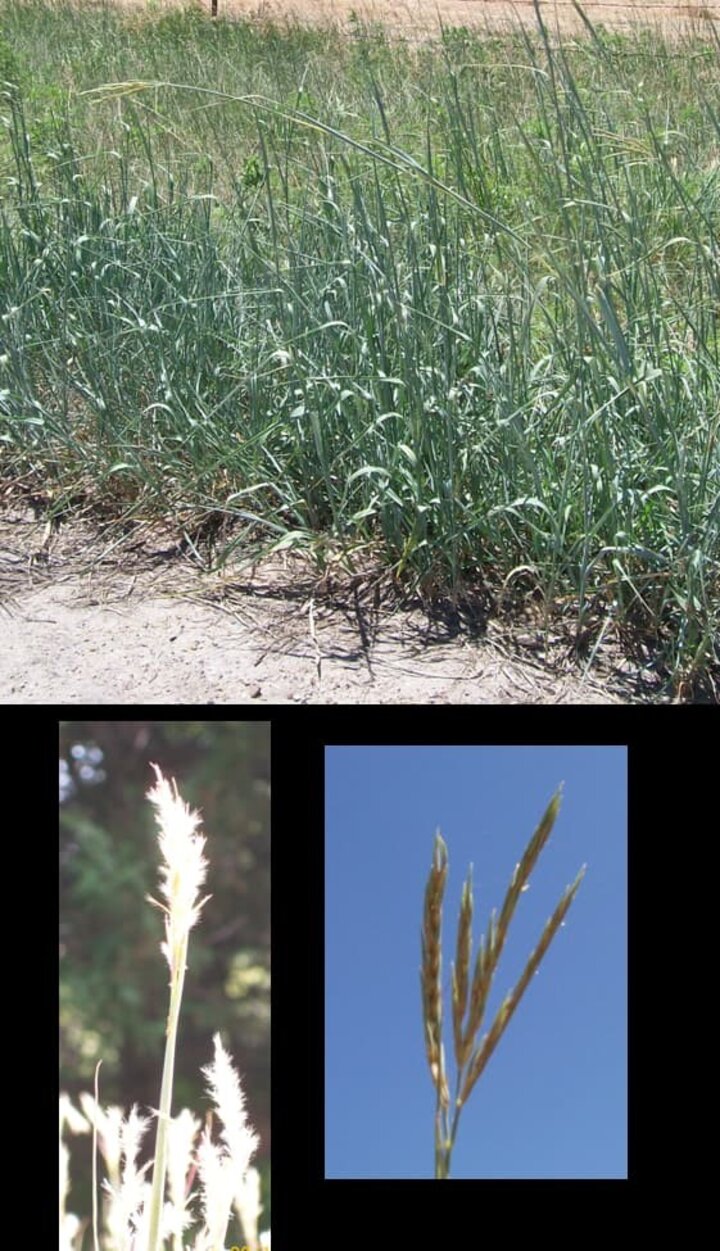
Plant S Characteristics:
- Tall, warm season grass
- Perennial
- Rhizomes
- Light blue-gray color (a wax that covers the leaves can be rubbed off)
- Begins growing out at a 45 degree angle
- "Turkey track" seedhead
- Gold hair on mature seedhead
- Found in uplands
Plant T
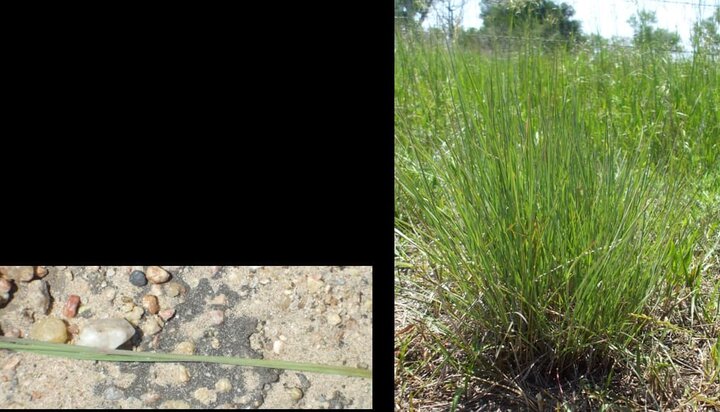
Plant T Characteristics:
- Warm season
- Bunch grass
- Leaves are flat at base
- Blue-gray colored leaves that turn reddish-brown after frost
- Excellent grazing when immature
- Grazing decreases when seedheads are produced (cows don't want to stick their nose in a pokey seedhead and will graze around the base of the plant)
Answer for Plants S and T
- S. Sand bluestem
- T. Little bluestem